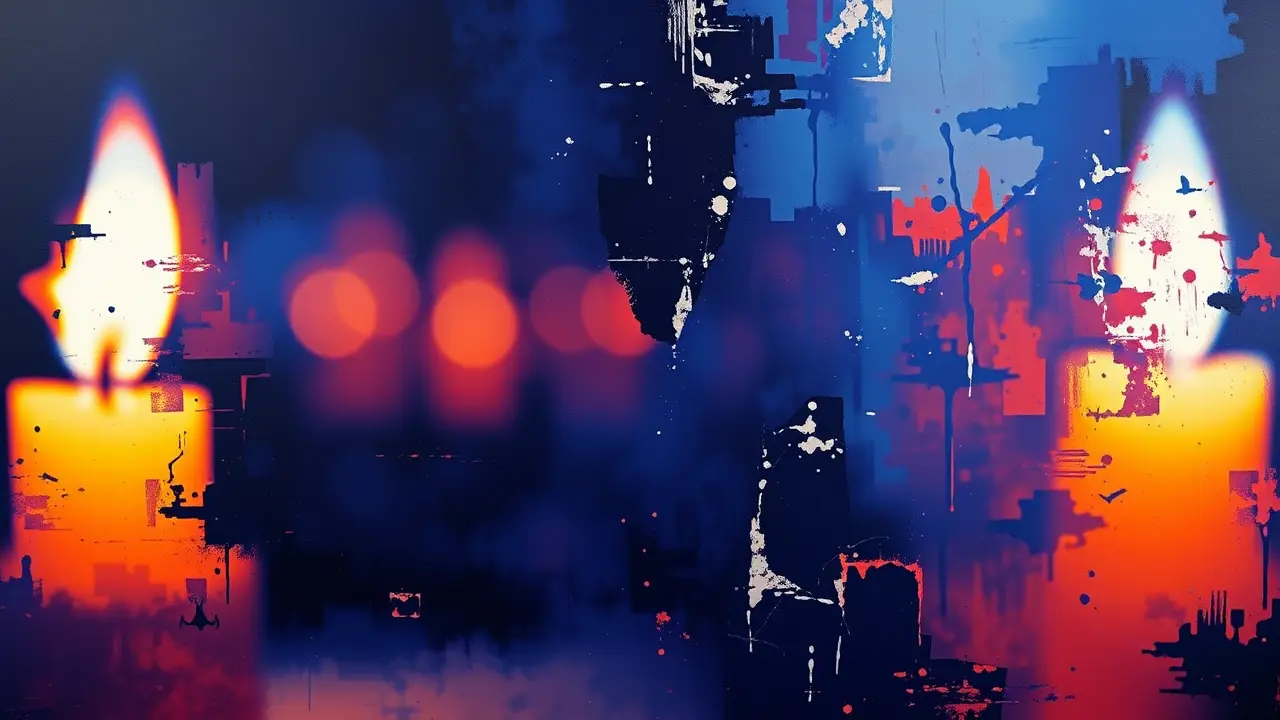Gerhard Richter Fiction and Reality Exhibition in Zurich
The hushed, polished halls of Zurich's Galerie von Vertes are currently hosting a quiet revolution, a retrospective of sorts titled 'Gerhard Richter: Fiction and Reality,' which surveys the German master's work from 1981 to 2004. To witness this exhibition is not merely to observe a collection of paintings; it is to step into a masterclass on the very nature of perception, a theme as resonant in the world of cinema as it is on the canvas.Richter, much like a master filmmaker, understands that the most profound truths are often found not in stark documentation but in the blurred spaces between the representational and the abstract, a technique that echoes the emotional ambiguity of a Bergman close-up or the haunting, unresolved narrative of a Tarkovsky sequence. The period covered by this show is particularly fertile ground, capturing Richter at the height of his dialogic powers, where his iconic photo-paintings—those meticulously blurred renderings of family snapshots, landscapes, and press photographs—sit in deliberate, tense conversation with his explosive, visceral abstractions.Consider his 'Candle' series from the 1980s; these are not simple still lifes but profound meditations on time, memory, and the fragility of light, rendered with a soft-focus technique that feels less like an optical effect and more like the slow dissolution of a memory itself. Then, in stark contrast, you encounter the great, tumultuous abstract works, the ones where he scrapes, smears, and layers paint with a brutalist's tool, creating landscapes of pure emotion and chance.These are not chaotic messes but meticulously controlled accidents, the cinematic equivalent of a dramatic, wordless climax where the score swells and the visuals become pure sensation. This push-and-pull is the core of the exhibition's thesis: how can a painter so dedicated to the mechanical reproduction of a photograph simultaneously dedicate himself to its utter obliteration? The answer lies in understanding that for Richter, both modes are tools to confront a reality that is, by its very nature, unstable and un-pindownable.His blurred photo-paintings reveal the fiction inherent in the supposedly objective photograph, while his abstractions reveal a concrete, tangible reality born of gesture, material, and process. It’s a dialectic that challenges the very foundations of painting in the late 20th century, a period obsessed with the 'end of art' and the supremacy of conceptualism.Richter, in his quiet, methodical way, sidestepped these debates by proving that painting could still ask the most urgent philosophical questions. The Zurich exhibition, by focusing on this two-decade span, allows us to trace the evolution of this inquiry, from the more overtly political and historical reckonings in his earlier work to the increasingly self-referential and metaphysical investigations of his later abstractions. It’s a curated journey that demands the viewer’s active participation, asking us to continually question what we are seeing, to sit with the discomfort of not knowing, and to ultimately find a deeper, more personal truth in the beautiful, unresolved tension between fiction and reality—a cinematic experience, indeed, rendered in oil and lacquer.
MA
Maya Thorne123k2 days ago
richter's blurry paintings are just like my memory on a monday morning tbh, idk if that's profound or just my existential dread showing
0
